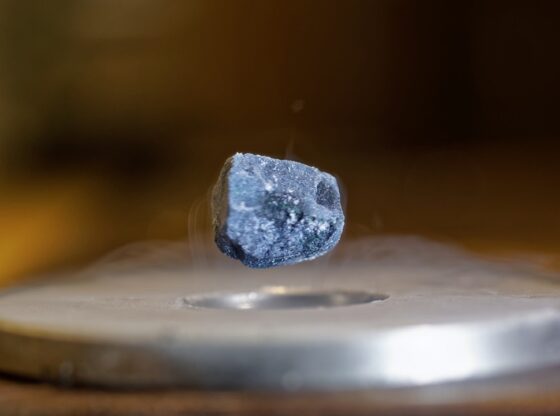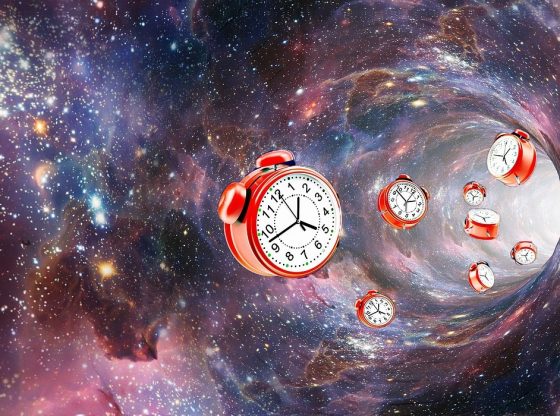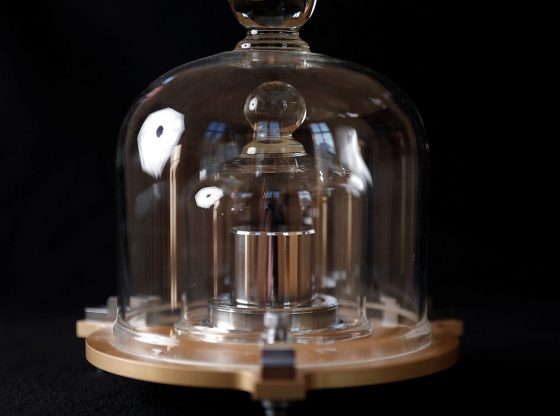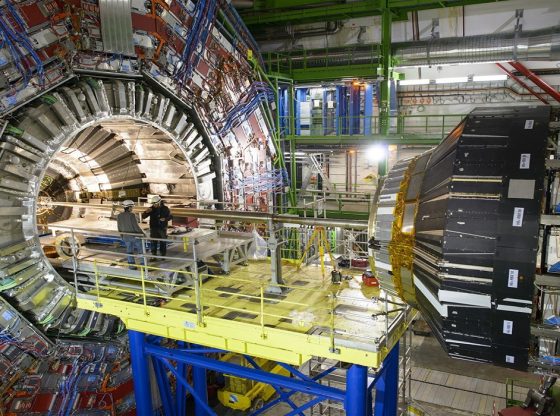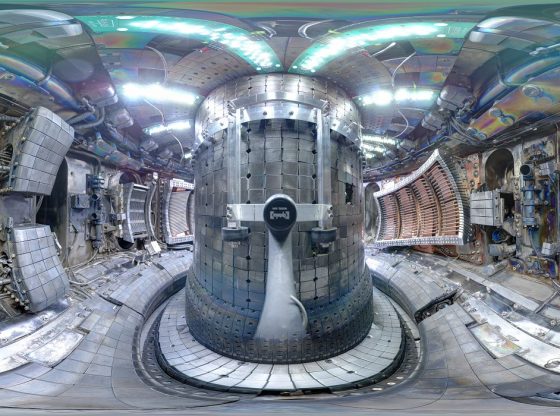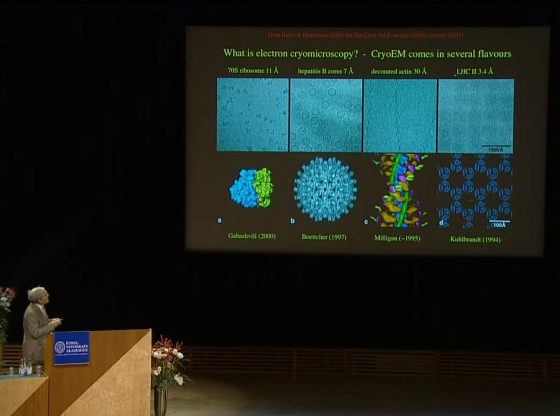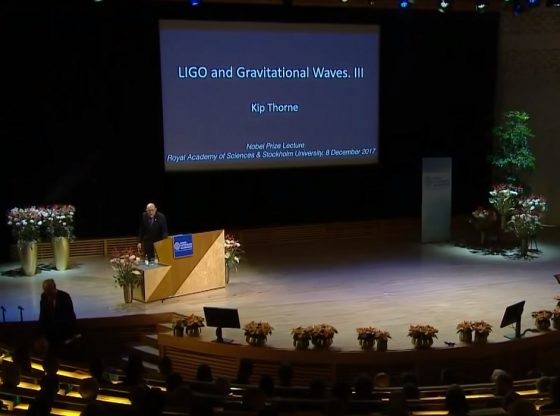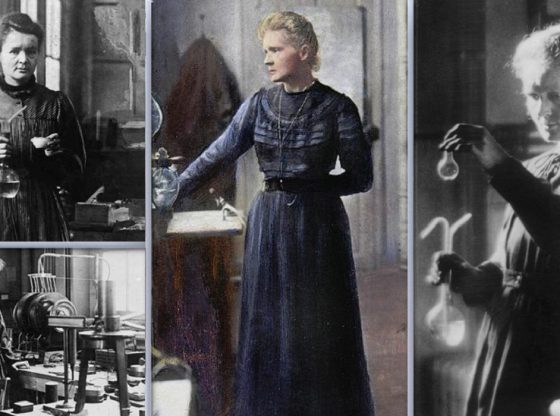
Black holes do not emit any visible light. Nevertheless, scientists have managed to observe light from one in our own galaxy.
They managed this remarkable feat using an ordinary telescope, which has generally been regarded as impossible.
According to the now published research, this was made possible since this black hole produces large amounts of X-rays that heat the gas around it so much that the gas starts to shine.
“Now we know we can make observations based on visible light, and that black holes can be observed without advanced telescopes,” Lead author Mariko Kimura writes in a press release. He is a student at Kyoto University.
Last summer, scientists discovered that the V404 Cygni, a so-called binary system, started to emit X-rays and gamma rays. This outbreak was observed worldwide by advanced telescopes.
The Japanese researchers were able to compare the data of X-rays to their observations of visible light and came to the conclusion that these signatures were so similar that they must be connected. Therefore they could conclude that the activity of the black hole gives rise to visible light.
The published study will hopefully make professional and amateur astronomers around the world revalue the more simpel equipment. As the study proves it possible to rely on visible light as an indicator of activity around black holes and not solely having to rest on data from advanced X-ray and gamma-ray telescopes.
_______________
Extended Data Figure 6: Simultaneous, extinction-corrected multi-wavelength SEDs of V404 Cyg.
______________________________

